Heavy-Duty DTF Transfers: Revolutionizing Manufacturing with Direct Print Solutions
Direct-to-Film (DTF) technology is revolutionizing manufacturing and printing by directly applying c…….
In the ever-evolving landscape of industrial technology, Industrial Direct to Fabric (DTF) transfers have emerged as a game-changer, transforming the way we produce and customize textiles and other materials. This cutting-edge process is not merely a technological advancement; it represents a paradigm shift in manufacturing, offering unprecedented efficiency, versatility, and design possibilities. This article aims to delve into the intricate world of DTF transfers, exploring their impact, applications, and potential as a global industrial force. By the end of this comprehensive guide, readers will have a profound understanding of why DTF transfers are not just a passing trend but a permanent addition to the manufacturing arsenal.
Definition: Industrial DTF transfers, in its simplest form, is a direct printing method that enables the transfer of intricate designs and patterns from digital files onto various materials, primarily textiles. This process bypasses traditional methods like screen printing or heat transfer, allowing for faster, more precise, and cost-effective customization.
Core Components:
Digital Design Software: The process begins with designers creating or editing artwork using specialized software. Vector graphics are commonly used due to their scalability and precision.
DTF Printer: These printers use advanced technologies like Piezoelectric or Thermal inkjet printing to convert digital designs into physical images on a fabric or material surface. They offer high-resolution output, ensuring detailed prints.
Ink Formulations: DTF inks are specifically engineered to adhere to various materials, including cotton, polyester, and their blends. They dry quickly and provide vibrant colors and durability.
Substrates: A wide range of fabrics and materials, from t-shirts and hats to technical textiles and plastics, can serve as substrates for DTF transfers.
Historical Context: The concept of direct-to-fabric printing has evolved over centuries, with early forms dating back to the 18th century. However, modern DTF technology emerged in the late 20th century with advancements in digital printing and ink formulations. The early 21st century saw a surge in popularity as manufacturers sought more efficient and versatile customization methods.
Significance: DTF transfers offer numerous advantages over traditional printing methods:
The global impact of Industrial DTF transfers is profound, with its adoption spanning across continents and industries. Here’s a glimpse into regional trends:
| Region | Key Trends | Influential Industries |
|---|---|---|
| North America | – Rapid growth in custom apparel printing. – Integration of DTF with e-commerce platforms. |
Apparel, Marketing, and Advertising. |
| Europe | – Increasing demand for sustainable and eco-friendly printing methods. – Use of water-based and solvent-free inks. |
Fashion, Home Textiles, and Automotive Interior Manufacturing. |
| Asia Pacific | – Dominance in mass production of custom products. – Adoption in technical textiles and sportswear. |
Apparel, Packaging, and Electronics Manufacturing. |
| Middle East & Africa | – Focus on high-quality, decorative printing for luxury goods. – Utilization in promotional merchandise. |
Lifestyle Brands, Hospitality, and Automotive Industries. |
These trends showcase the adaptability of DTF technology to diverse market needs. The global nature of its impact is evident in the increasing number of manufacturers adopting this process, leading to a more connected and personalized production ecosystem.
The economic implications of Industrial DTF transfers are significant, impacting various sectors:
Continuous technological innovations are driving the evolution of Industrial DTF transfers:
The versatility of Industrial DTF transfers is evident in its diverse applications across industries:
Like any technology, Industrial DTF transfers come with its advantages and challenges:
Benefits:
Challenges:
Let’s look at two case studies illustrating the transformative power of Industrial DTF transfers:
Case 1: Custom Apparel Brand
A small apparel startup in Europe utilized DTF printing to create a unique selling proposition. They offered customers the ability to design their own t-shirts with intricate graphics and text. The brand’s online platform allowed users to upload designs, preview them on various garment styles, and place orders. This personalized approach attracted a younger demographic, leading to rapid growth and a loyal customer base.
Case 2: Sustainable Packaging Solution
A food packaging company in North America sought an eco-friendly alternative to traditional printing methods. They adopted DTF printing for custom boxes and bags, using water-based inks and recycled materials. This transition not only reduced their environmental impact but also enhanced brand image and customer perception. The ability to print on demand further streamlined their operations and reduced waste.
As technology advances, the future of Industrial DTF transfers looks promising:
Industrial DTF transfers have emerged as a powerful force in the manufacturing landscape, offering unprecedented levels of customization, speed, and versatility. Its global impact is evident across industries, from apparel to packaging and beyond. As technology continues to evolve, DTF printing will play an increasingly vital role in shaping the future of personalized products and sustainable manufacturing practices. Embracing this digital printing revolution is not just about staying competitive but also about empowering businesses and consumers with endless creative possibilities.
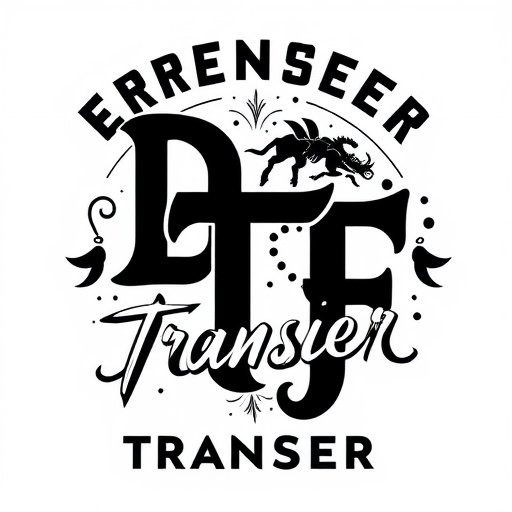
Direct-to-Film (DTF) technology is revolutionizing manufacturing and printing by directly applying c…….
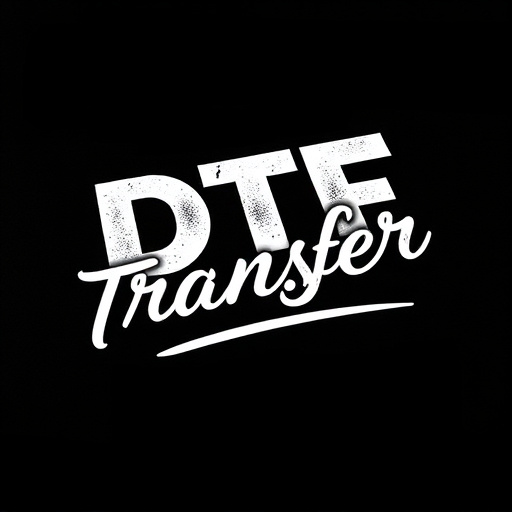
Direct-to-Film (DTF) technology is transforming manufacturing with its precision, efficiency, and du…….
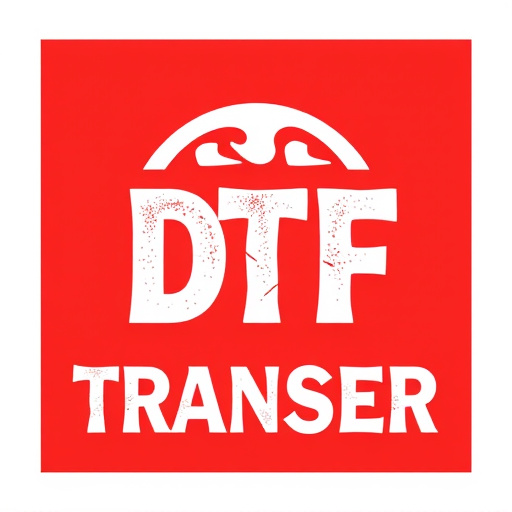
Direct-to-Film (DTF) transfers are transforming manufacturing with their cutting-edge technology, en…….
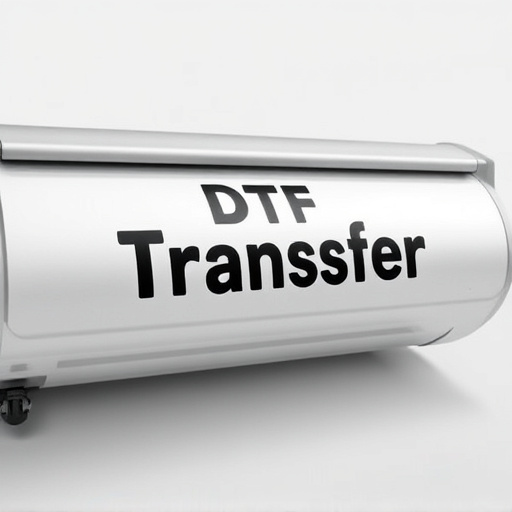
Direct-to-Film (DTF) Printing is a game-changing technology for modern manufacturing, offering effic…….
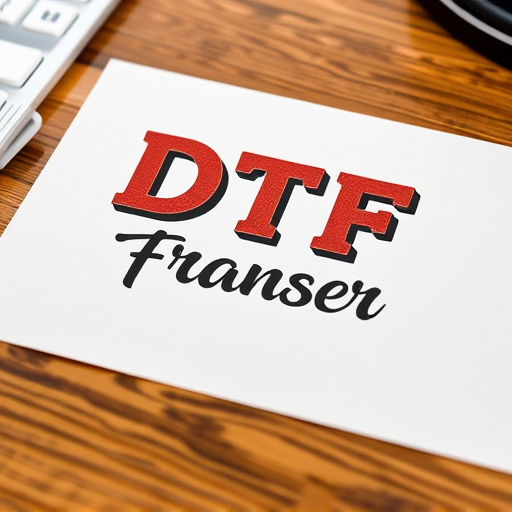
Direct-to-Film (DTF) printing is an advanced, efficient technology for manufacturing, offering fast…….
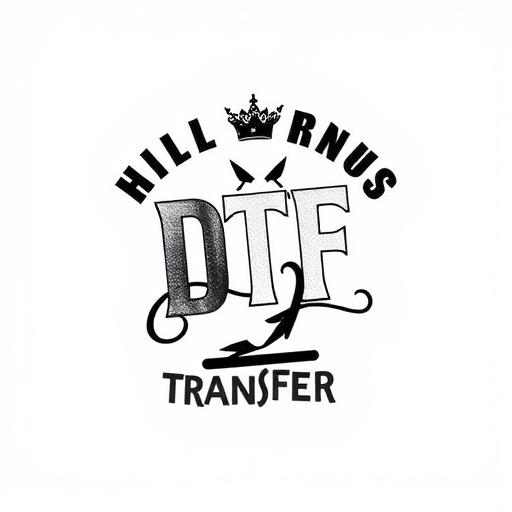
Understanding Direct-to-Film (DTF) Transfers: A Manufacturing RevolutionBenefits of Heavy-Duty DTF f…….
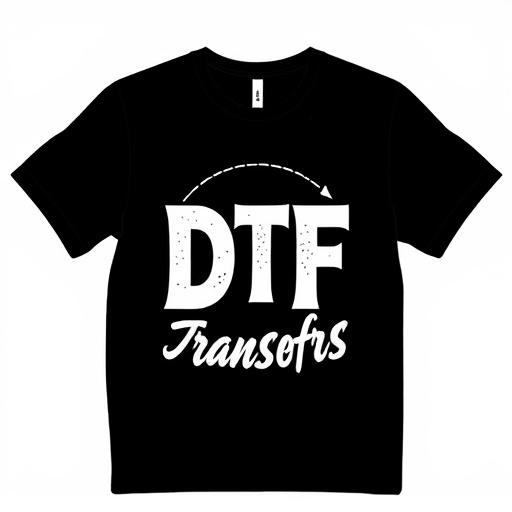
Heavy-duty direct-to-film (DTF) transfers revolutionize manufacturing with cutting-edge printing on…….

Direct-to-film (DTF) prints transform manufacturing with durable, efficient marking solutions for va…….

Direct-to-film (DTF) prints are a game-changer in manufacturing, offering durable and versatile mark…….
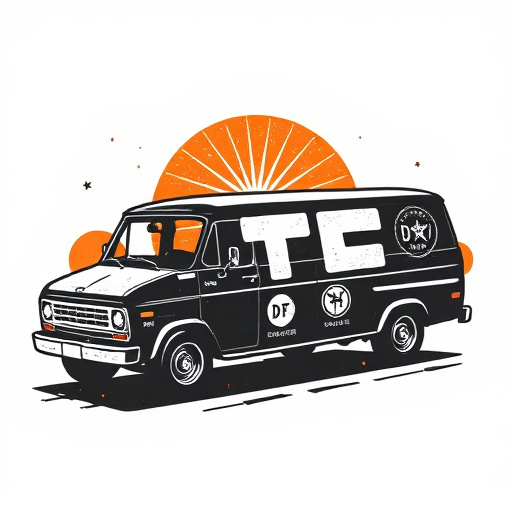
Heavy-duty direct-to-film (DTF) transfers are revolutionizing manufacturing by enabling intricate de…….